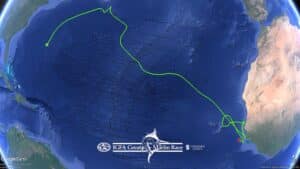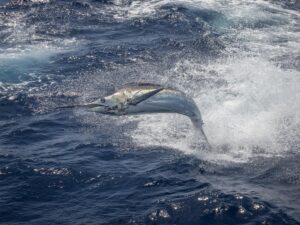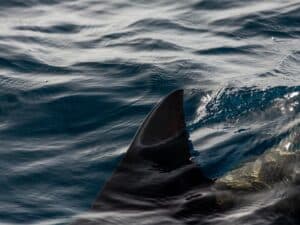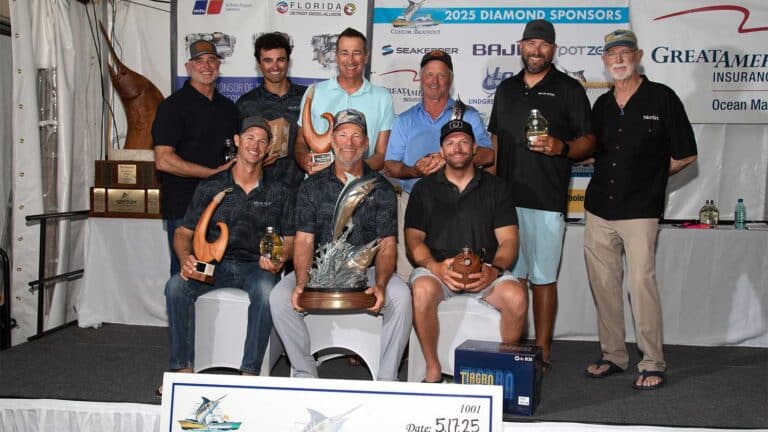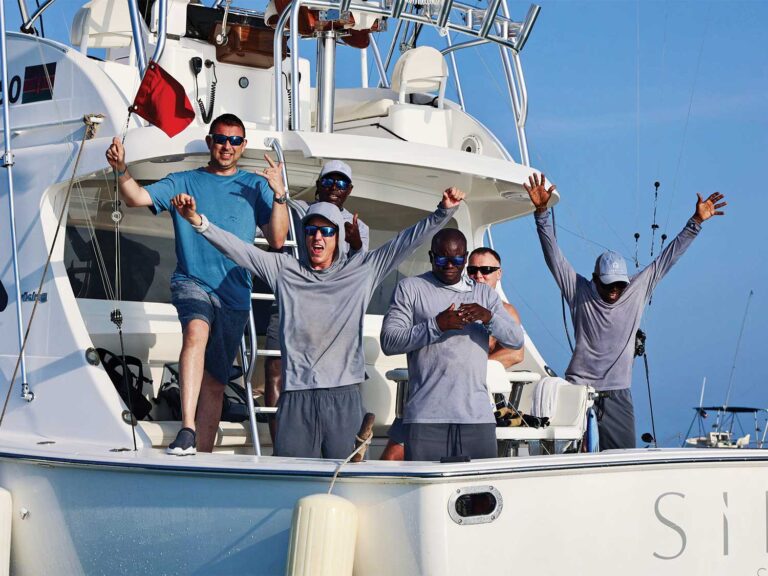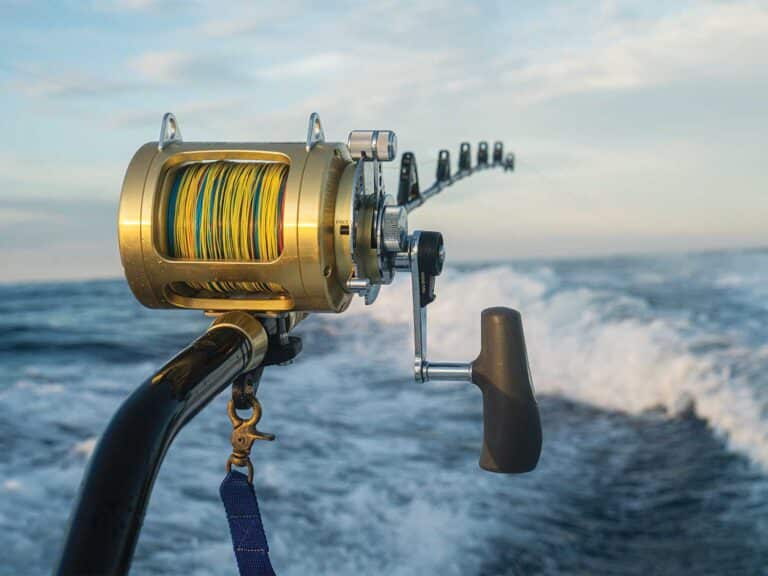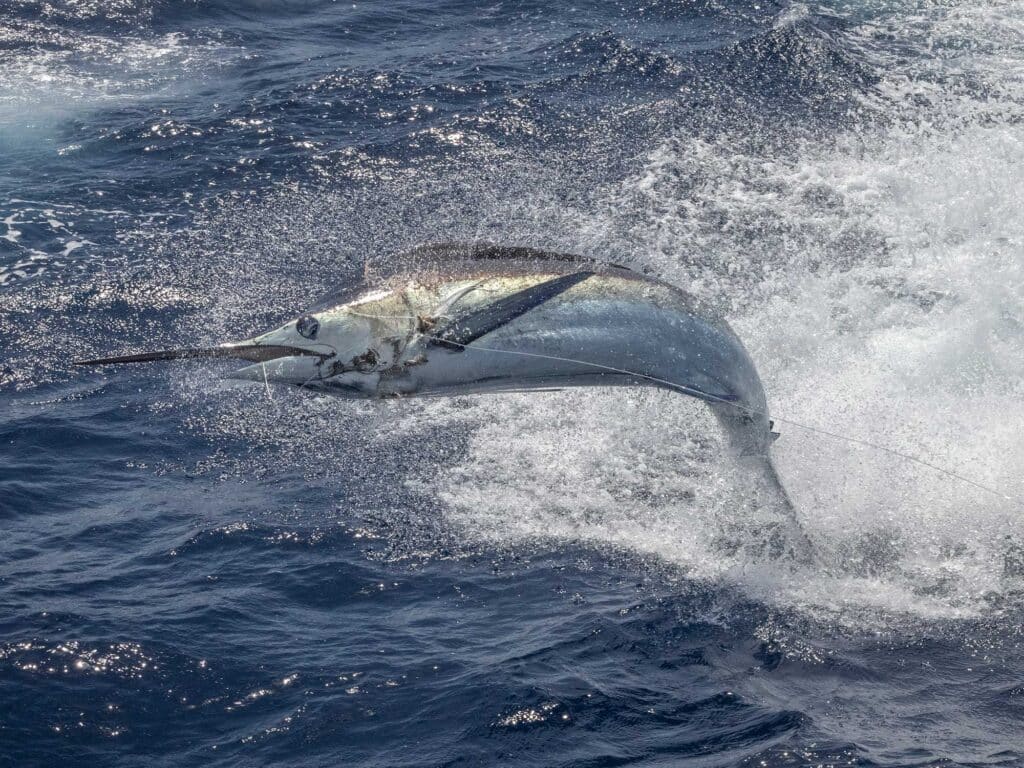
Special delivery: Sign up for the free Marlin email newsletter. Subscribe to Marlin magazine and get a year of highly collectible, keepsake editions – plus access to the digital edition and archives.
NOAA’s recently proposed Highly Migratory Species Amendment 15, or simply Amendment 15 as it has become known, has raised concern among many recreational anglers and rightfully so. Despite receiving strong objection from the recreational angling community during its proposal phase, it appears that NOAA will move forward with reopening sections of the ocean to commercial fishing that have been closed since 2000. Specifically, pelagic longlining fleets will be permitted to reenter the previously closed Charleston Bump and East Florida Spatial Management areas with increased sets of longlines than were previously fished.
According to NOAA, the motivation behind the reversal of this closure stems mainly from a perspective of research. After closing these areas for more than 20 years to commercial fishing, NOAA is viewing this as an opportunity to determine how effective the closure was at protecting swordfish, marlin, sailfish, and other overfished species.
For a deeper understanding on this complex topic, we queried some of the recreational angling groups that have been working closely on this issue for their input, and why recreational anglers should be aware of this reversal.

Rob Shane, Public Affairs Manager, American Sportfishing Association
Last May, NOAA Fisheries rolled out their final draft of Highly Migratory Species Amendment 15, which would allow pelagic longlining in the Charleston Bump and East Florida Spatial Management Areas to collect data on the effectiveness of these long-standing closures. Final regulations to enact Amendment 15 could be released any day now. These closures were implemented in 2000 to reduce bycatch, bycatch mortality, and incidental catch of undersized swordfish, billfish, and other overfished and protected species. ASA joined with several other recreational fishing and conservation organizations to ask NOAA Fisheries to explore using low-impact gears and methods to gather data in the closed areas and issue a revised proposed rule for Amendment 15 that addresses impacts to the recreational fishing community and provides a much needed additional opportunity for public review.
While the desire to review the effectiveness of closed areas is understandable, Amendment 15 lacks defined guardrails that would ensure the long-term health of billfish and other important recreational fisheries that occur in these areas. As a result, NOAA Fisheries runs the risk of undermining years of conservation gains and harming the robust recreational fisheries for highly migratory species like billfish and swordfish in the Southeast U.S., which have flourished while these closures have been in place. Expansion of the pelagic longline fishery footprint proposed in Amendment 15 could have also unintended consequences for other recreationally-important offshore fisheries like dolphin. In Florida alone, recreational saltwater fishing contributes $9.2 billion to the economy and support more than 88,000 jobs. We feel that the economic impacts of Amendment 15 to recreational fishing and southeastern communities that rely on angler fishing activity and spending have not been adequately considered as this proposal was developed.
Past attempts to allow longlining in the East Florida Coast Pelagic Longline Closed Area through Exempted Fishing Permits (EFPs) have fostered distrust, particularly from the recreational fishing community. ASA would like to see more transparency and opportunities for anglers to engage on each individual Exempted Fishing Permit (EFP) rather than taking a blanket approval approach as proposed in Amendment 15. Given the wide use of these areas by other fisheries, need for scientific review, and the existing public review process for EFPs, we think stakeholders, as well as relevant state and federal fishery managers should be consulted for their input on each EFP project proposed in these areas.
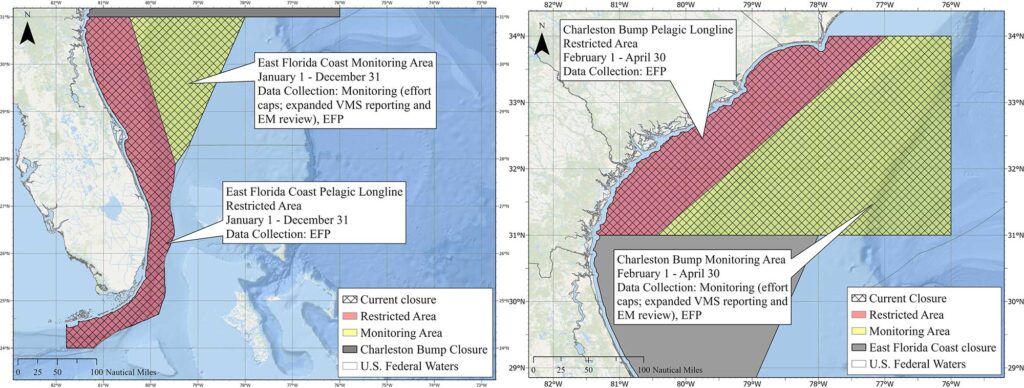

Ellen Peel, President, The Billfish Foundation
In January 2025 when Amendment 15 to the Fishery Management Plan for Highly Migratory Species is implemented, decimation begins of the conservation benefits accrued to Atlantic blue marlin and juvenile swordfish during the 22-years pelagic (PLL) longline fishing was prohibited in the Closed Zones.
Why the return? The government’s answer is to measure the “effectiveness” of the Closed Zones by using new PLL landings data compared to data collected before the closures. It is shocking the federal agency responsible for conserving and managing commercially overfished Atlantic blue marlin and juvenile swordfish is allowing pelagic longline fishing to return inside the Zones, which will needlessly accelerate further decline of the two overfished species. TBF and Florida’s Fish and Wildlife Commission strongly fought to stop Amendment 15, few others were heard.
The U.S. commercial swordfish fishery had failed for years to land the U.S. international quota because a high percentage of their catch were juveniles. That generated an international call to reduce juvenile landings, and, as a result, juvenile swordfish and their nursery grounds were included in the Closed Zones. Now will the U.S. authorize the landing of juvenile swordfish from their nursery grounds to meet the international quota? Or will the U.S. fleet have to fish further offshore?
Amendment 15’s “sausage” was made not by well trained and highly experienced fish scientists, who model complex catch data for stock assessments and other queries. Rather by contractor ECS where a post-doctoral graduate student programmed a science framework, PRISM, to “predict” where and when fish interactions “may” occur, not where fish have been caught. Draft Amendment 15 with its nearly 600 pages of arcane text failed to inform the public of the proposed federal actions and the rationale because no one without a PhD in Fish Population Dynamics could understand the text. Informing the public in a clear, forthright manner is a basic agency responsibility, if challenged in court should be ruled arbitrary and capricious.
Two decisions in Amendment 15 insure no protection for blue marlin. The Draft created an “all billfish group” so the PRISM sample size would be higher than a “blue marlin group”, even though only blue marlin were overfished. That gave an impression blue marlin will be protected in Restricted Areas, not so. Restricted waters extend only 40 and 45 nautical miles from shore, which is inadequate to protect blue marlin. Second, the final version includes a drastic reduction of protected waters and a huge increase in PLL sets without justification or rationale.
Florida’s East Coast: 250 PLL sets versus 124 proposed in 2023 and 41% reduction in protected waters; Jan 1 – Dec 31 and
Charleston Bump: 380 PLL sets versus 69 sets proposed in 2023 and 68% reduction in protected waters, Feb 1 – April 30.
TBF recommends: (1) not implementing Amendment 15, so conservation benefits can continue accruing; (2) convene an expert review of PRISM framework used and its application to HMS; and (3) convene an expert review of ECS’s screed.

